TIMELINE
- EBRD Mandate
- EBRD-FAO Projects and Initiatives
1991
EBRD-FAO Projects and Initiatives
The EBRD and FAO sign their first Memorandum of Understanding, defining the principles of their collaboration.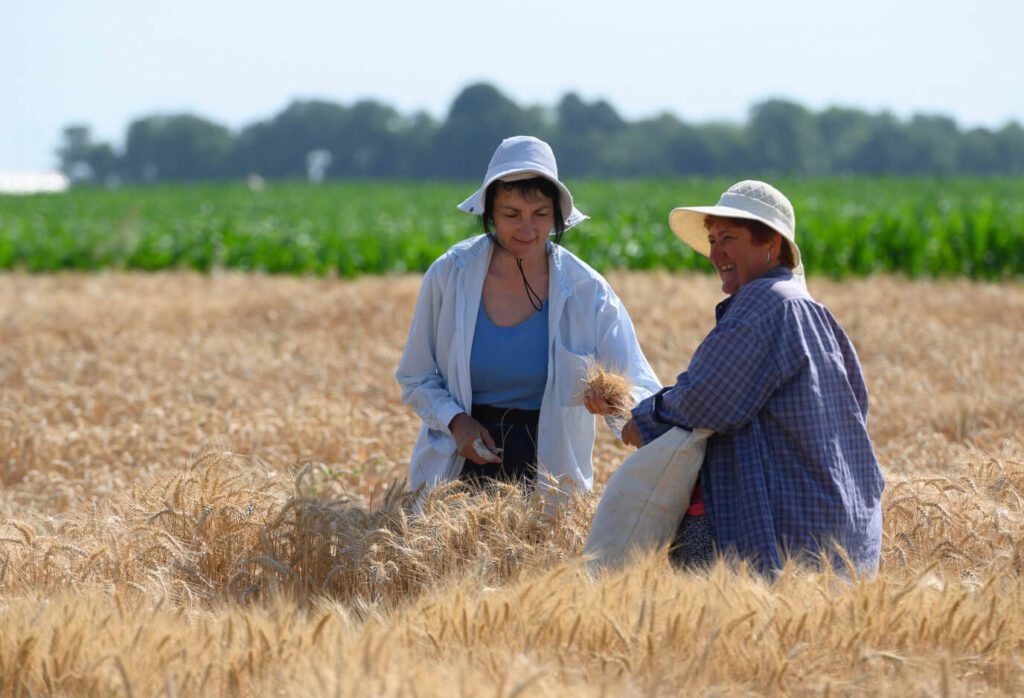
1994
EBRD Mandate
Headquartered in London, the EBRD is founded to help countries in Eastern and Central Europe and the Commonwealth of Independent States transition to open market-oriented economies.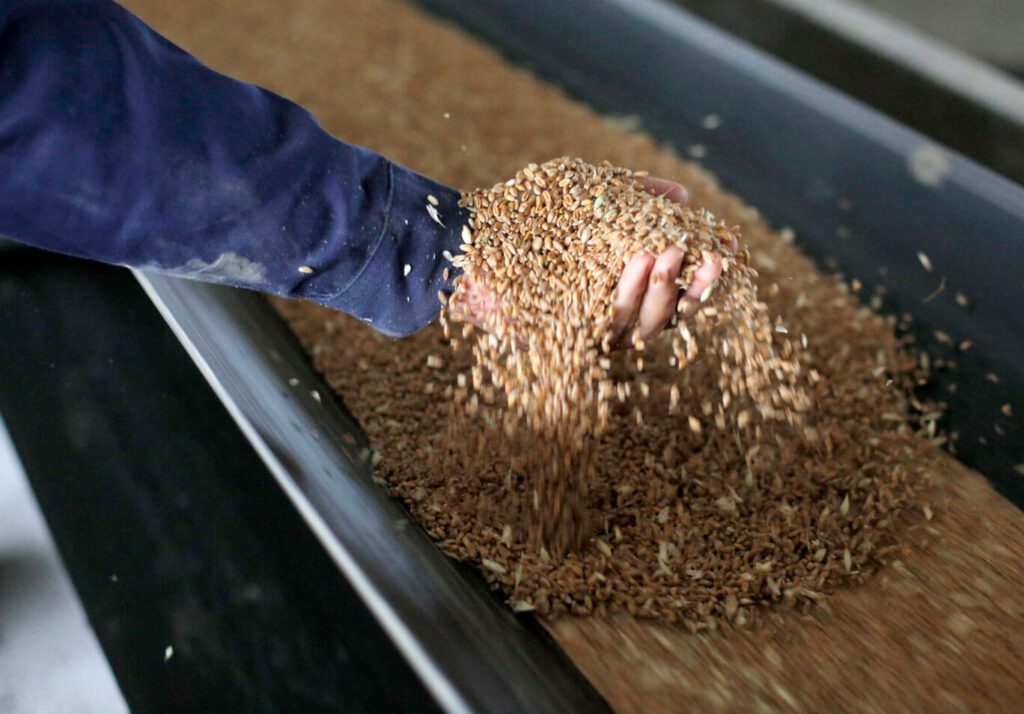
1997
EBRD Mandate
The partnership begins in earnest in October 1997. A framework agreement, renewed regularly, details the new partnership’s administrative procedures.
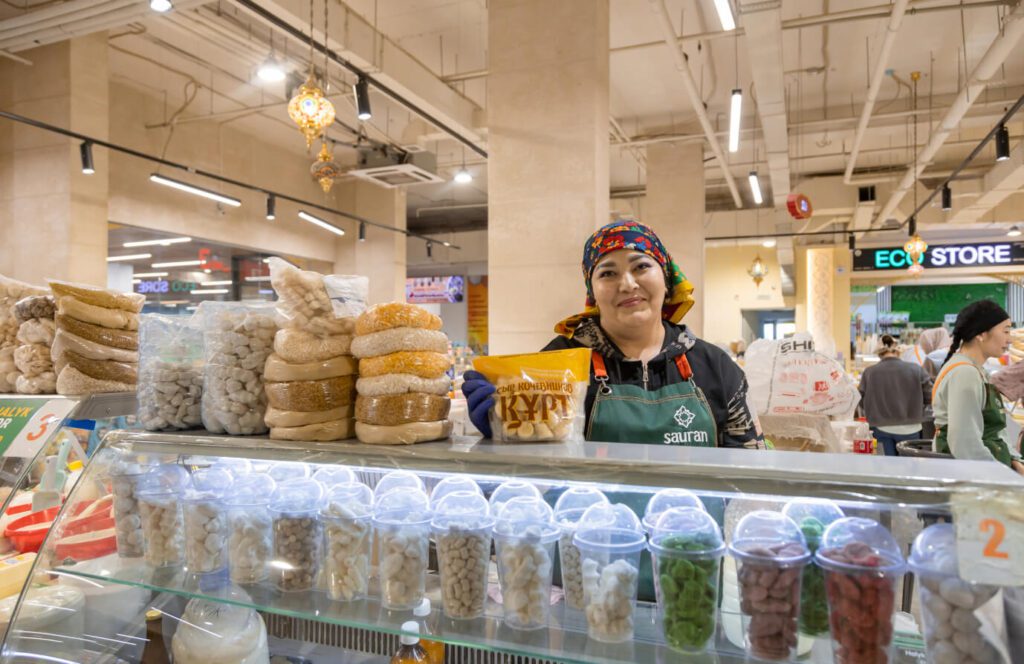
EBRD-FAO Projects and Initiatives
The EBRD’s Agribusiness team completes a series of investments in publicly-owned wholesale markets across Central Europe to address the structural needs of these economies. At the same time, it starts to support food production primarily as a private-sector activity.
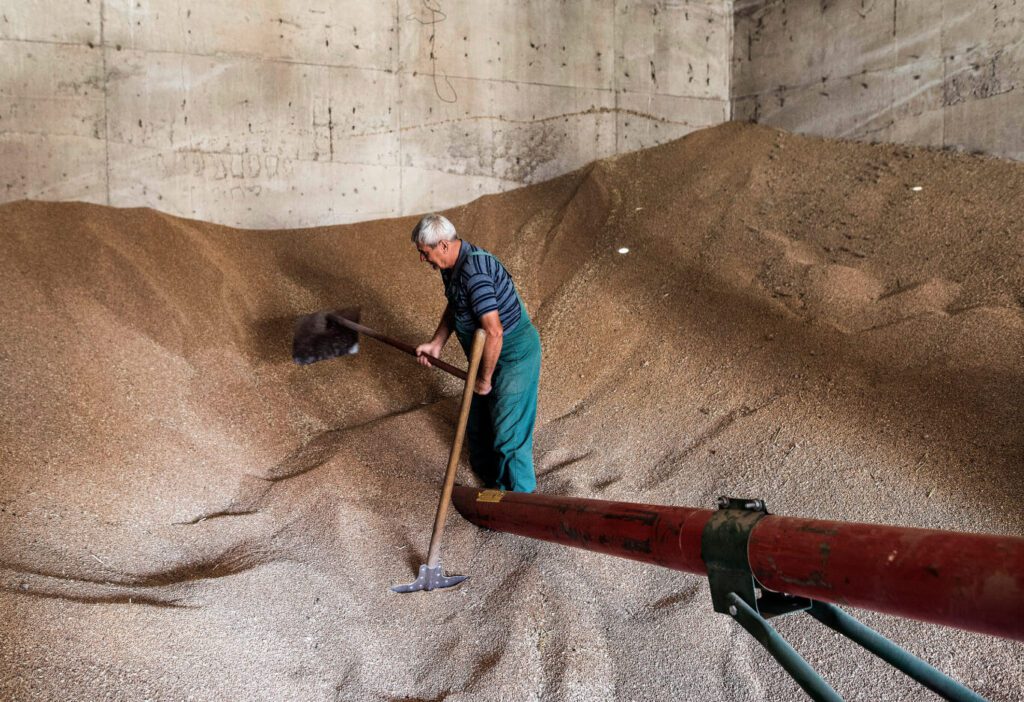
1998
EBRD-FAO Projects and Initiatives
The partners’ first joint assignment focuses on the collateralization of agricultural credit in the Slovak Republic.
Innovative financial instruments, such as Grain Warehouse Receipts and Crop Receipts, help farmers access finance by using crops as collateral.
The EBRD and FAO later carry out similar work in Bulgaria, the Russian Federation, Poland, Lithuania and Serbia.
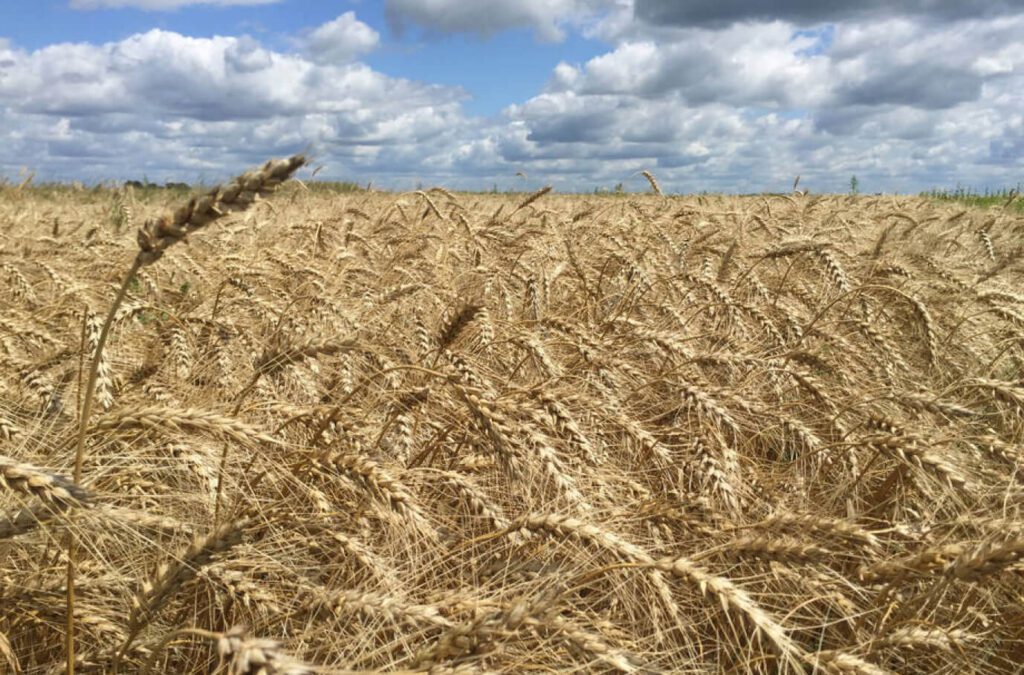
The Czech Republic, Cyprus, Estonia, Hungary, Latvia, Lithuania, Malta, Poland, Slovakia and Slovenia join the European Union
Romania and Bulgaria join the European Union
Global Food Prices Crisis
2000
EBRD-FAO Projects and Initiatives
The EBRD and FAO begin designing instruments to co-finance SAPARD in Poland – the European Union’s large-scale programme providing grant money to agribusiness companies in countries waiting for European Union accession. The goal is to help companies aligning with European Union legislation access credit from local banks to fill the investment gap not covered by the grant.
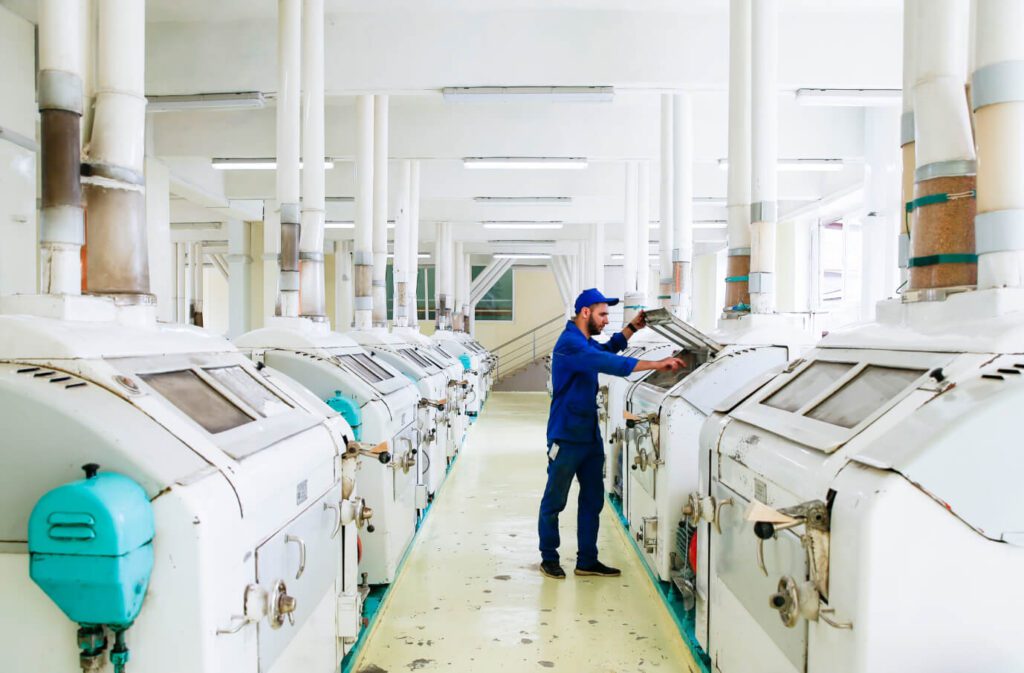
2002
EBRD-FAO Projects and Initiatives
The EBRD and FAO develop the Bank’s first-ever Global Environment Facility project to reduce pollution from agricultural sources in rivers within the Danube River Basin in Slovenia.
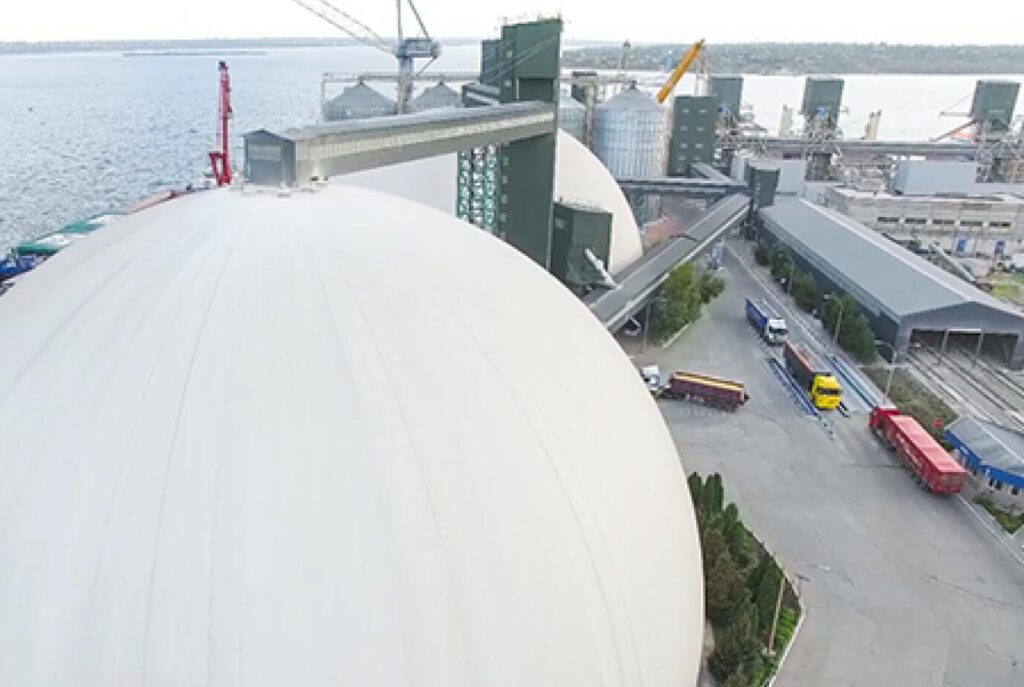
Against the backdrop of European Union accession negotiations, the partners help Poland review trade policies in its rapeseed sector towards eliminating export subsidies.
This structured dialogue between policymakers and the private sector paves the way for public-private dialogues for the oilseeds, grain, olive oil and dairy sectors in many countries, including Egypt, Serbia, Tunisia and Ukraine.
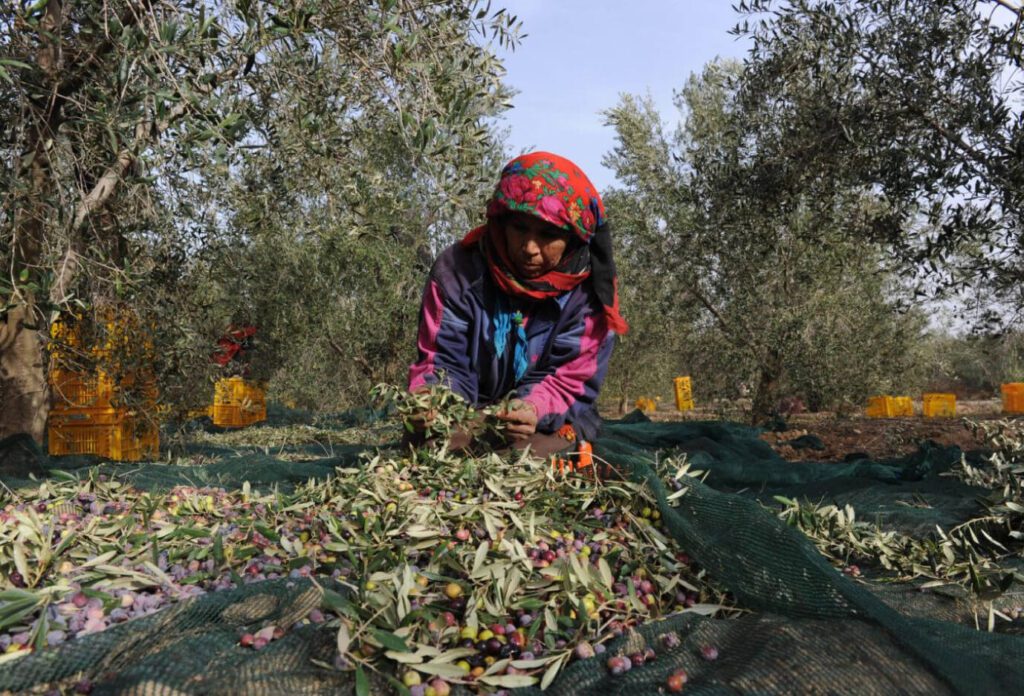
2003
EBRD-FAO Projects and Initiatives
The EBRD and FAO launch the EastAgri network – a space for financing institutions investing in the EBRD’s regions of operation, private banks like Rabobank and Crédit Agricole, and private agribusinesses to share lessons on agribusiness investment and align policy recommendations.
The partners will set up a similar network – MedAgri – in 2013 for countries in the Southern and Eastern Mediterranean.
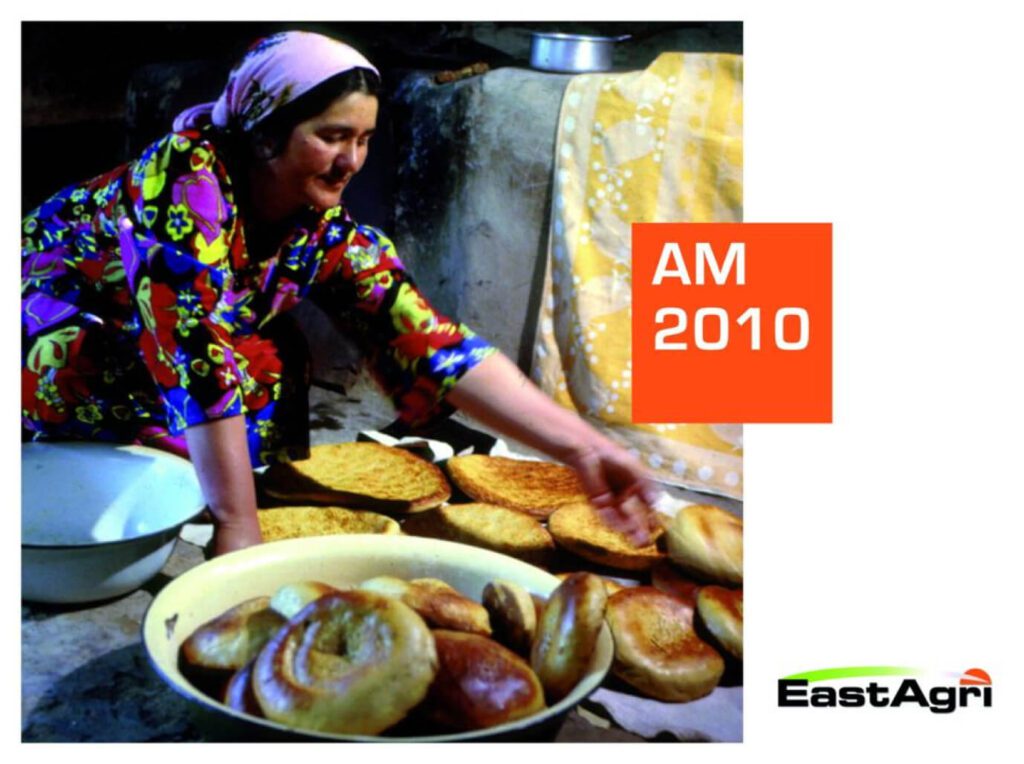
2006
EBRD Mandate
Mongolia becomes a country of operation.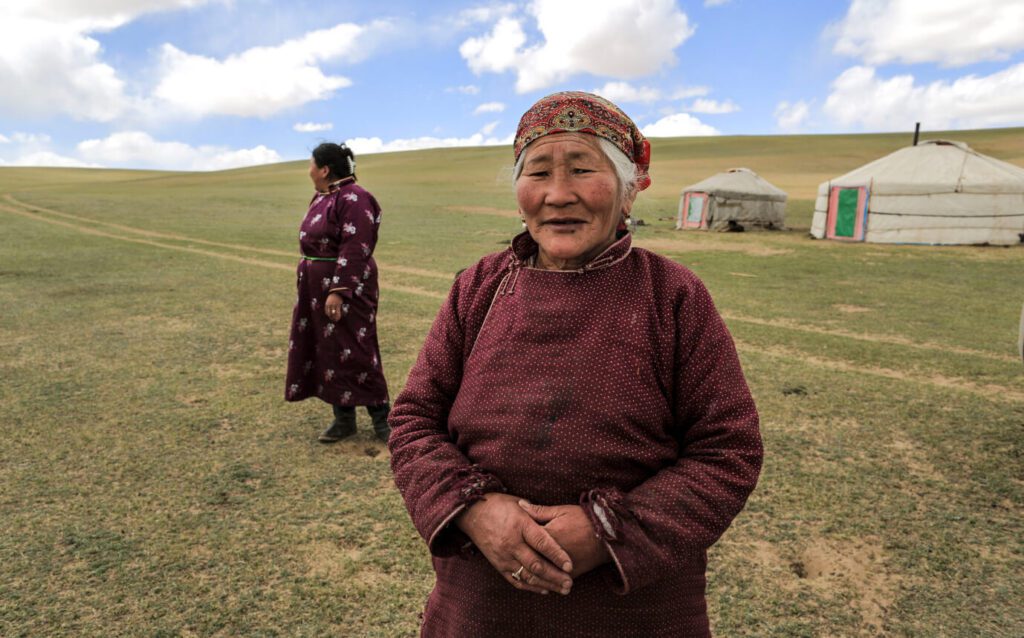
2008
EBRD-FAO Projects and Initiatives
Following the 2007-2008 global food prices crisis, FAO and the EBRD initiate major high-level policy dialogues in Ukraine on unlocking the country’s massive grain production potential.
The EBRD’s extensive investment in the grain sectors of Black Sea countries helps the region move from being a major food importer to a leading world grain exporter.
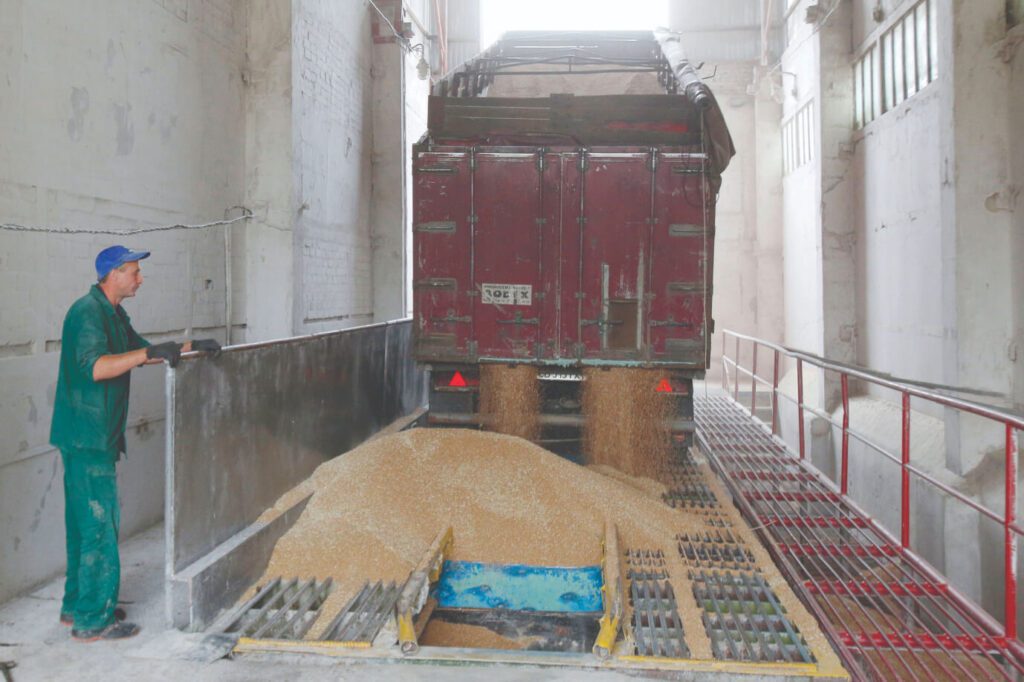
2006
EBRD Mandate
Türkiye becomes a country of operation.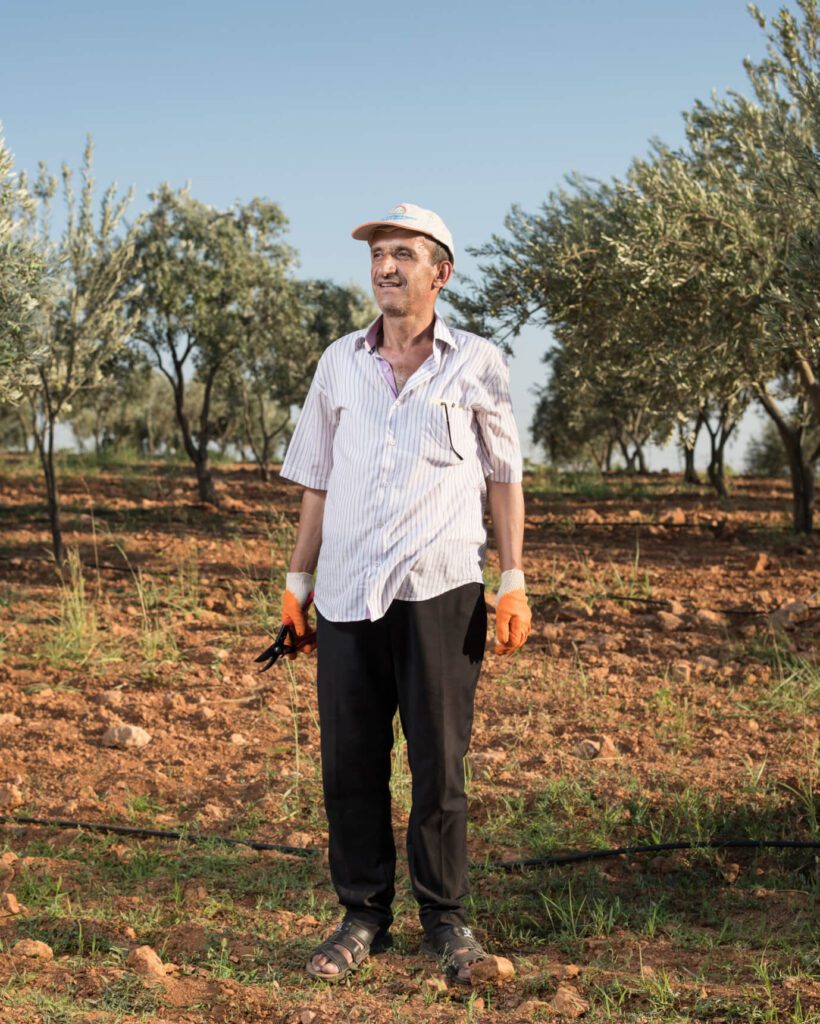
Arab Spring
Adoption of the Paris Agreement to pursue efforts to limit the global temperature increase to 1.5 °C above pre-industrial levels
2010
EBRD-FAO Projects and Initiatives
FAO and the EBRD begin helping countries develop origin-based (Geographical Indications) and quality labels for unique agrifood products with high market potential.
This work begins in Croatia with Neretva mandarins and Baranjski kulen sausage. It extends over the next decade to Georgia, Montenegro, Serbia and Türkiye on products ranging from traditional cheeses and cured meats to local fruits and pine honey.
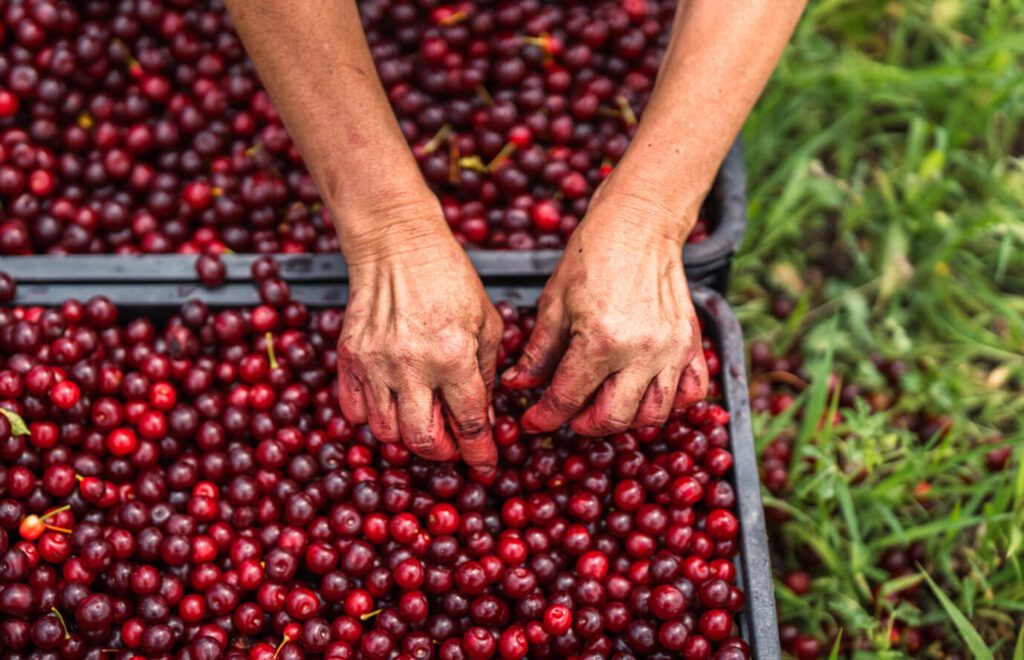
Given that EBRD’s agribusiness clients are often involved in getting these agrifood products onto shelves, EBRD and FAO begin work to upgrade food quality standards along supply chains, creating other labels like the Serbian Quality label.
Watch example on GI cheese in Georgia
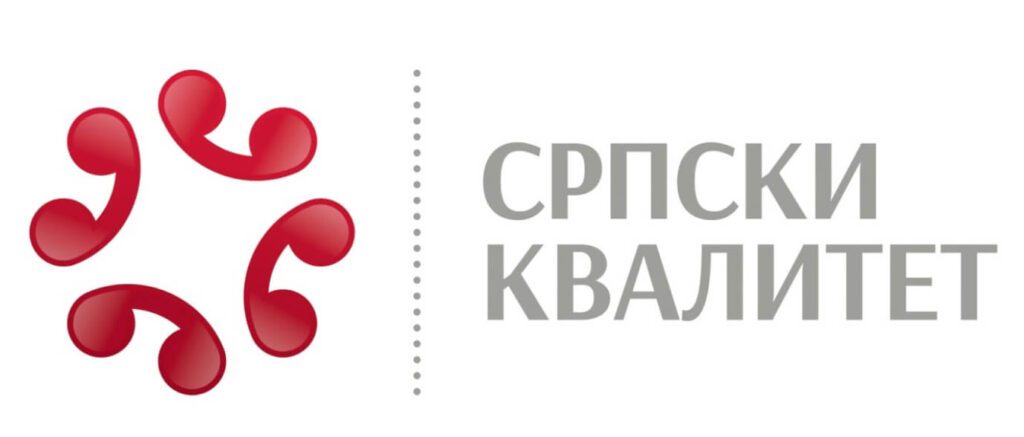
2012
EBRD Mandate
The EBRD expands its operational coverage to the Southern and Eastern Mediterranean (SEMED) region – initially Egypt, Jordan, Morocco and Tunisia.
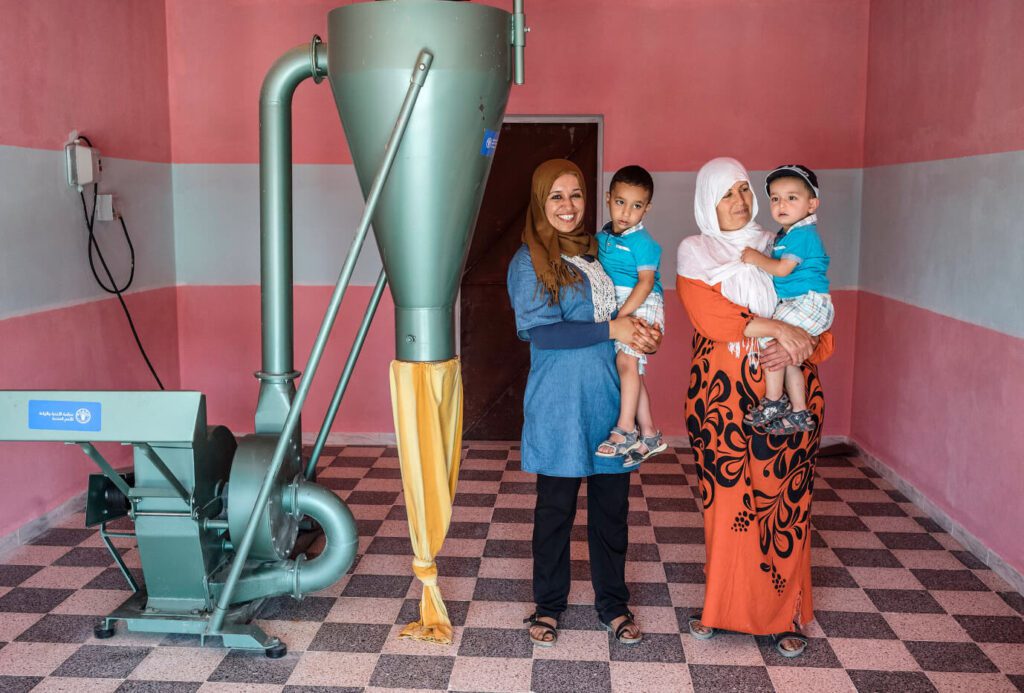
EBRD-FAO Projects and Initiatives
The FAO-EBRD Cooperation extends to the Southern and Eastern Mediterranean (SEMED) region, involving both country and regional projects.
The Private Sector for Food Security Conference in Istanbul in 2012 brings FAO and EBRD leadership, Ministers of Agriculture and CEOs from leading agribusiness companies together for in-depth policy dialogue on Egypt’s grain sector. Similar conferences take place in Barcelona (2015), Tirana (2016) and Marrakech (2018).
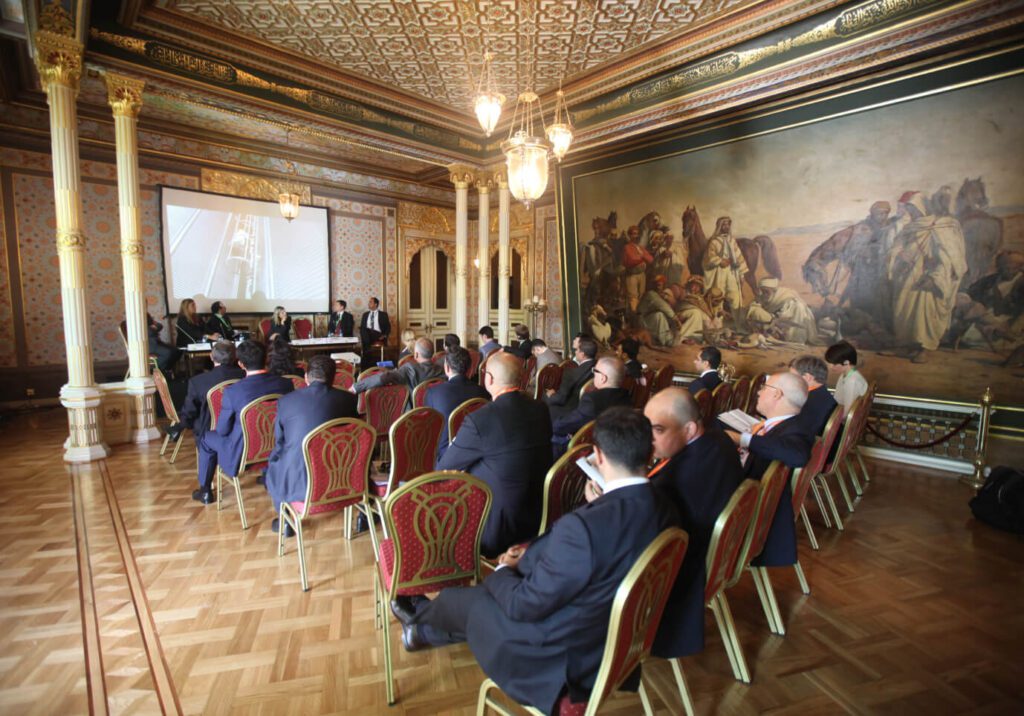
2014
EBRD Mandate
The EBRD starts operating in Cyprus.
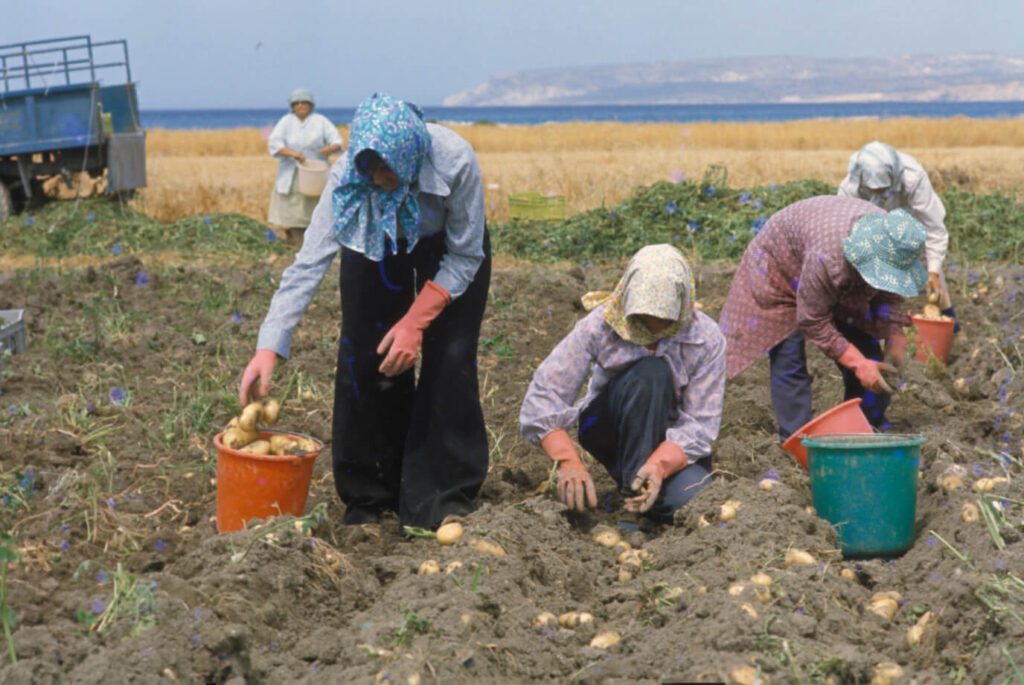
EBRD-FAO Projects and Initiatives
With the EBRD’s new focus on sustainability and greening the agrifood sector, the two partners study the use of biomass for energy in Croatia, Türkiye, Ukraine and Egypt.
FAO and the EBRD begin working on animal health, namely developing knowledge and building capacity to fight African swine fever in Ukraine. Over the years, this work will expand to other issues such as antimicrobial resistance in Bulgaria, Serbia and Romania, and food safety and legislative derogations in Georgia and Serbia.
2015
EBRD Mandate
EBRD starts operating in Greece with the mandate to assist with the economic recovery.
EBRD Mandate
The EBRD introduces its GET (Green Economic Transition) approach at COP 21. The goal is to increase the volume of the Bank’s green financing to 40 percent by 2020 (relative to its annual business investment). The EBRD starts to position itself as a majority green bank.
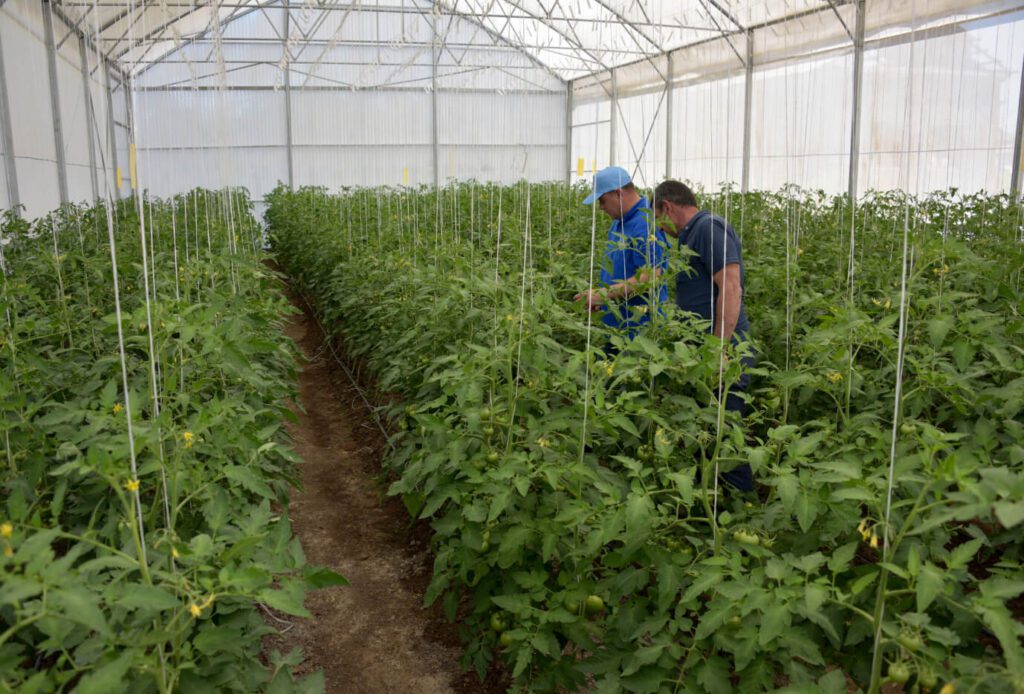
EBRD-FAO Projects and Initiatives
Following the MedAgri conference in Barcelona in 2015, FAO and the EBRD begin assessing the potential of cooperatives in Tunisia, Egypt, Jordan and Morocco. They later work on developing legislation that supports cooperatives in Serbia and Ukraine.
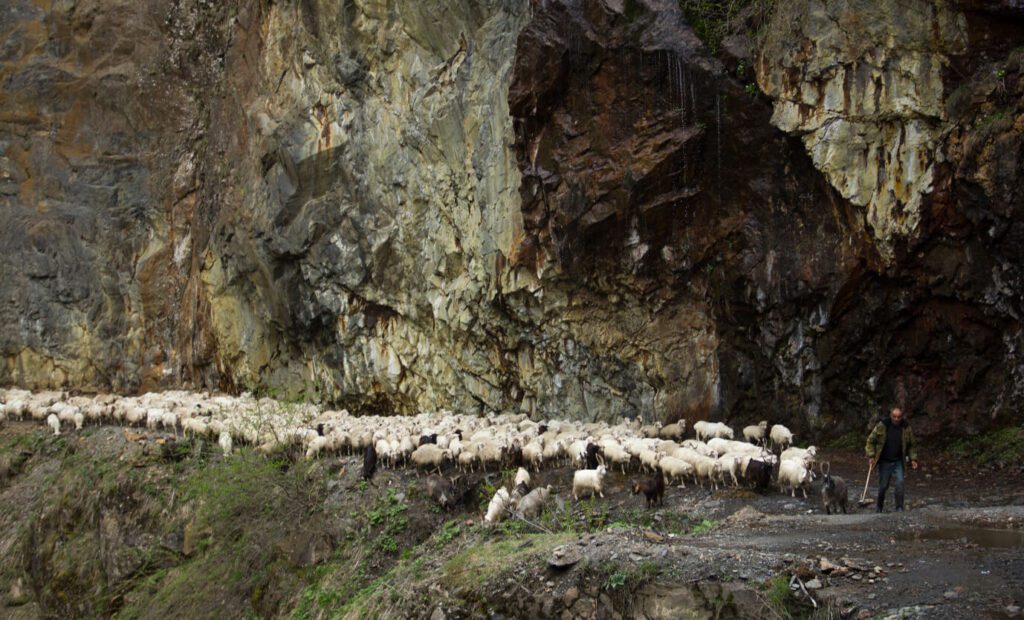
2017
EBRD Mandate
The EBRD starts operating in Lebanon and the West Bank and Gaza under a special Trust Fund arrangement.The EBRD’s extensive investment in the grain sectors of Black Sea countries helps the region move from being a major food importer to a leading world grain exporter.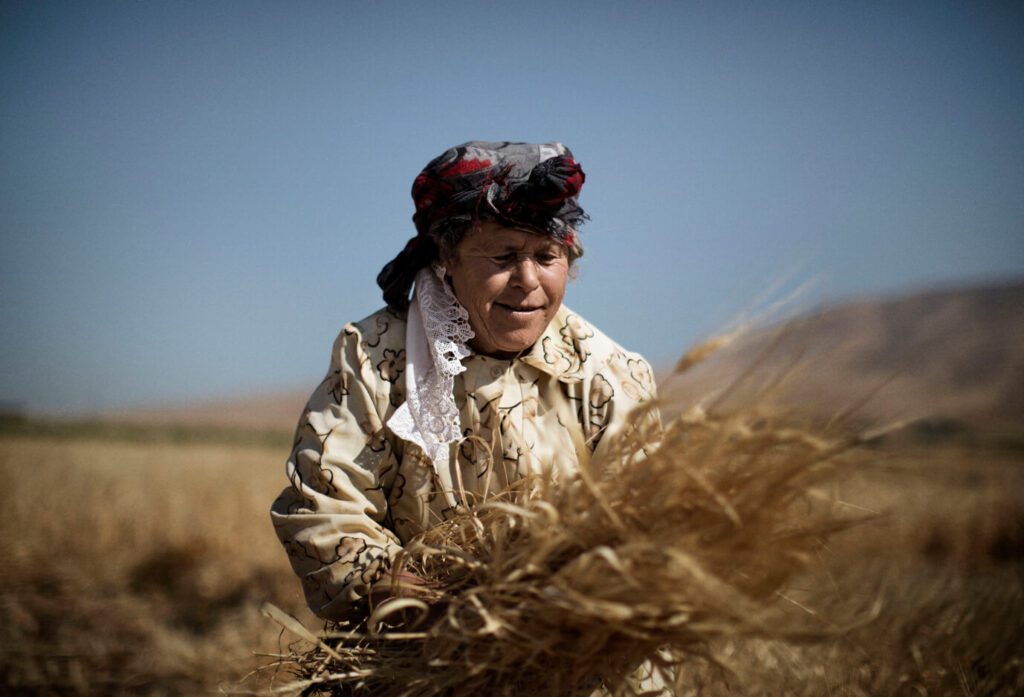
EBRD-FAO Projects and Initiatives
Work moves full steam ahead on helping Ukraine diversify its agrifood exports – from assessing new markets, conducting trade missions and advising companies on meeting import standards to adjusting national food safety and other regulations in line with main exporting markets. Similar work is carried out on different agrifood sectors in the Western Balkans, Tunisia, Morocco, Egypt, Uzbekistan, Tajikistan and Moldova.FAO and the EBRD begin working with several countries to develop dynamic and sustainable agritourism industries that showcase those countries’ unique food products – first in Montenegro and later in Georgia and Jordan.In Georgia, Montenegro and Jordan, for example, this involves connecting small-scale producers of high-quality specialty foods with local hotels, restaurants and catering businesses.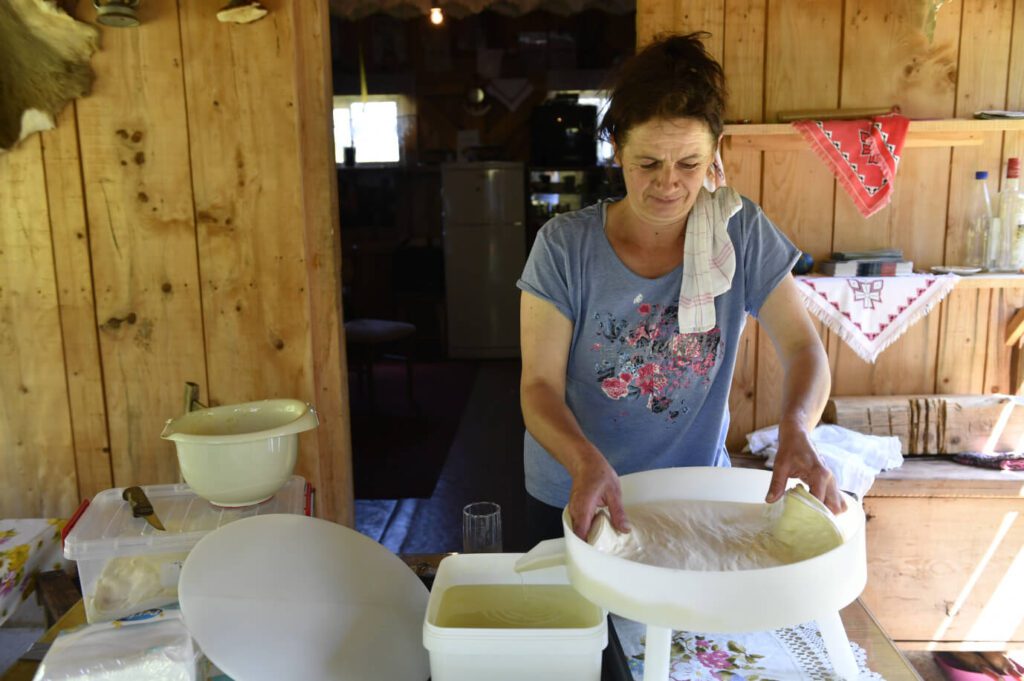 Watch video on agrotourism and pomegranates in Jordan
Watch video on agrotourism and pomegranates in Jordan2018
EBRD-FAO Projects and Initiatives
The EBRD redoubles efforts to reduce greenhouse gas emissions and improve the overall environmental sustainability of agribusiness investments in its regions of operation.A comprehensive EBRD/FAO study on decarbonizing the agrifood sector provides policymakers, agribusiness companies and investors with strategic insights and recommendations.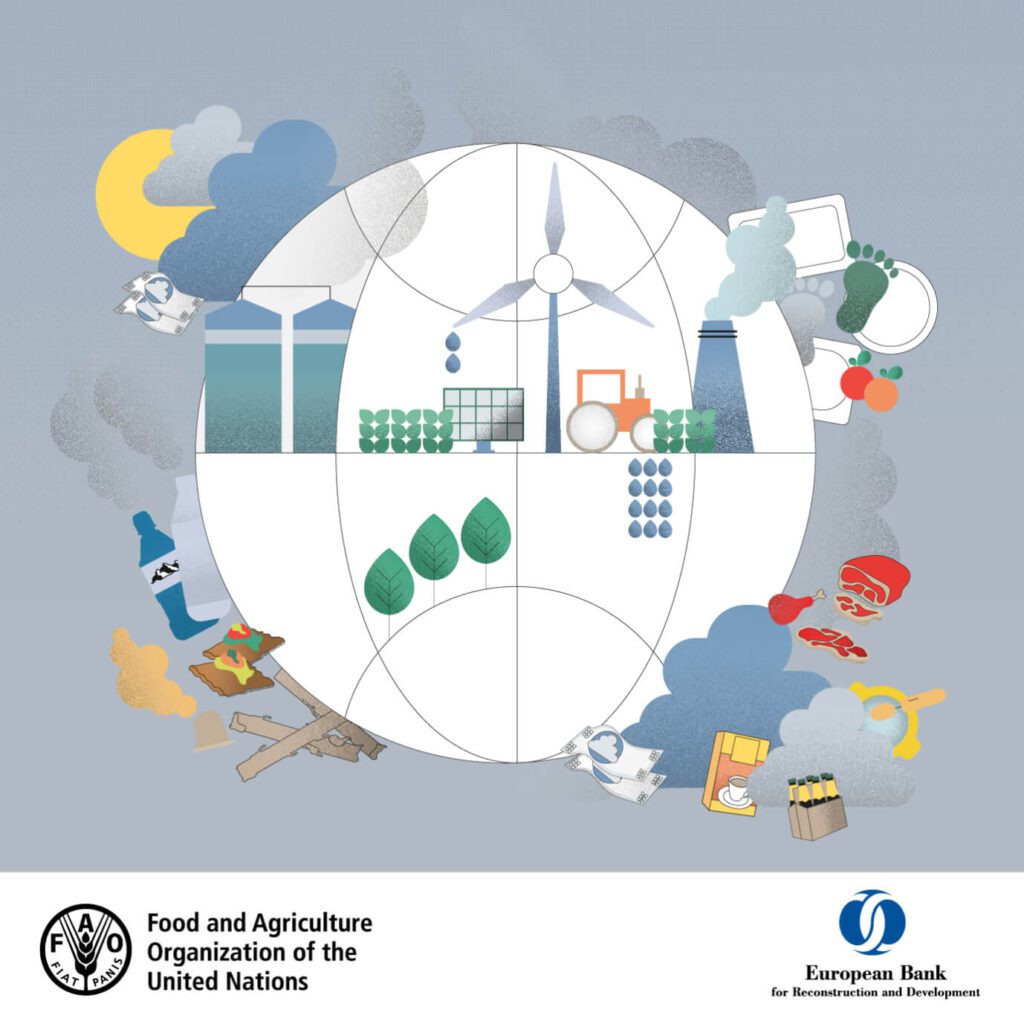 Full report
Full report2019
EBRD-FAO Projects and Initiatives
The EBRD and FAO are keen to introduce more digital solutions in the agrifood sector. The two partners carry out studies in Serbia, Türkiye and Ukraine on the opportunities and challenges of adopting digital technologies.
An earlier EBRD/FAO project in Kazakhstan develops an innovative app that connects dairy farmers with dairy factories, strengthening the industry’s efficiency, quality and resilience.
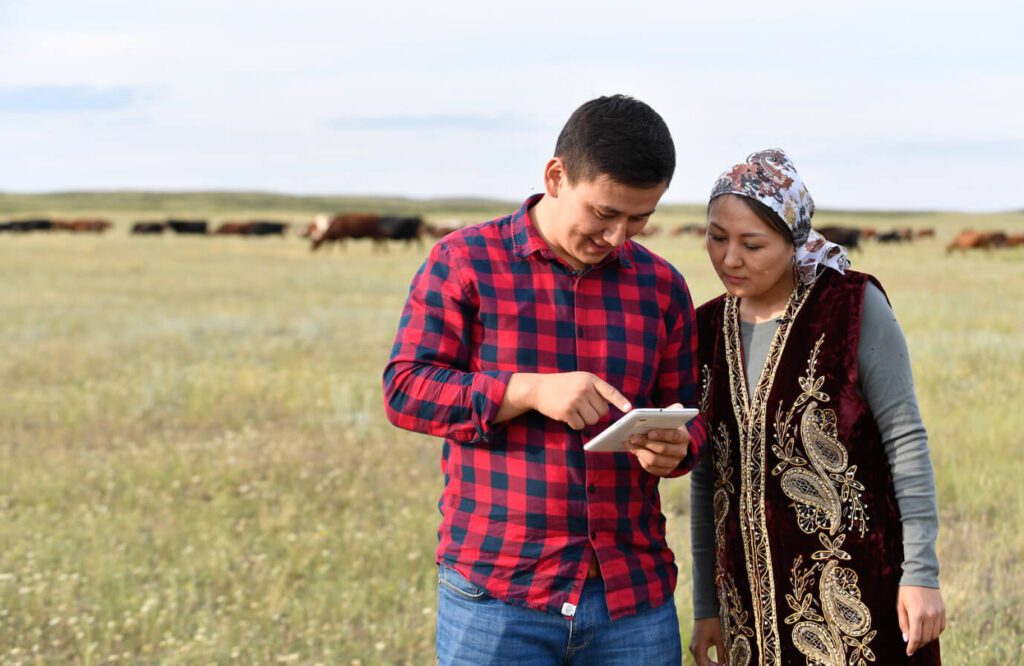
Covid-19 Pandemic
War in Ukraine
New World Food Prices
2020
EBRD-FAO Projects and Initiatives
The EBRD launches its upgraded GET 2.1 approach, increasing its target of green investments to over 50 percent by 2025 (and a cumulative reduction of greenhouse gas emissions of 25 to 40 million tonnes by 2025), signalling the refocusing of the Bank’s mandate to greening.
2020-2021
EBRD Mandate
The EBRD approves a comprehensive COVID-19 support.
EBRD-FAO Projects and Initiatives
The EBRD and FAO launch a USD 3 million technical assistance package in 2020 to help agrifood companies cope with the massive disruptions caused by the COVID-19 pandemic.
The package includes practical advice on adopting biosafety protocols, including in Tunisia’s olive oil sector, and studies on new food distribution models, the benefits of shorter supply chains and urban farming.
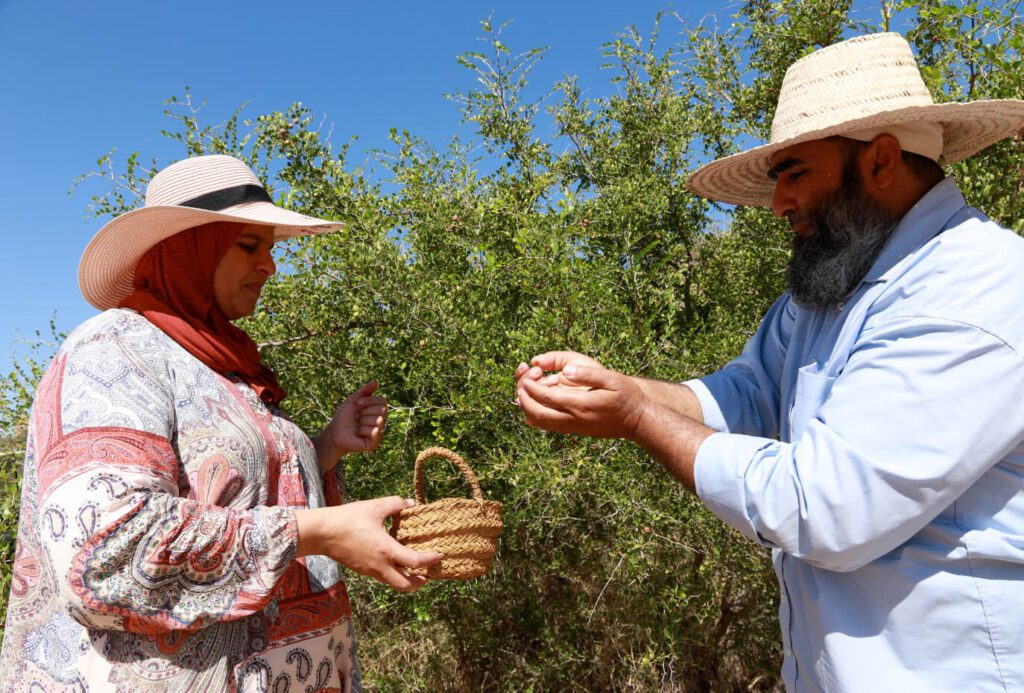
EBRD-FAO Projects and Initiatives
The introduction of e-phytos – electronic documents issued for agrifood export products that need to meet phytosanitary requirements of importing countries – expedites import clearance procedures.
The EBRD Agribusiness team extends a sovereign loan to Serbia to finance key irrigation structures in the country. At the same time, FAO and the EBRD develop Serbia’s first climate-smart irrigation strategy to help the country prioritize future irrigation investments.
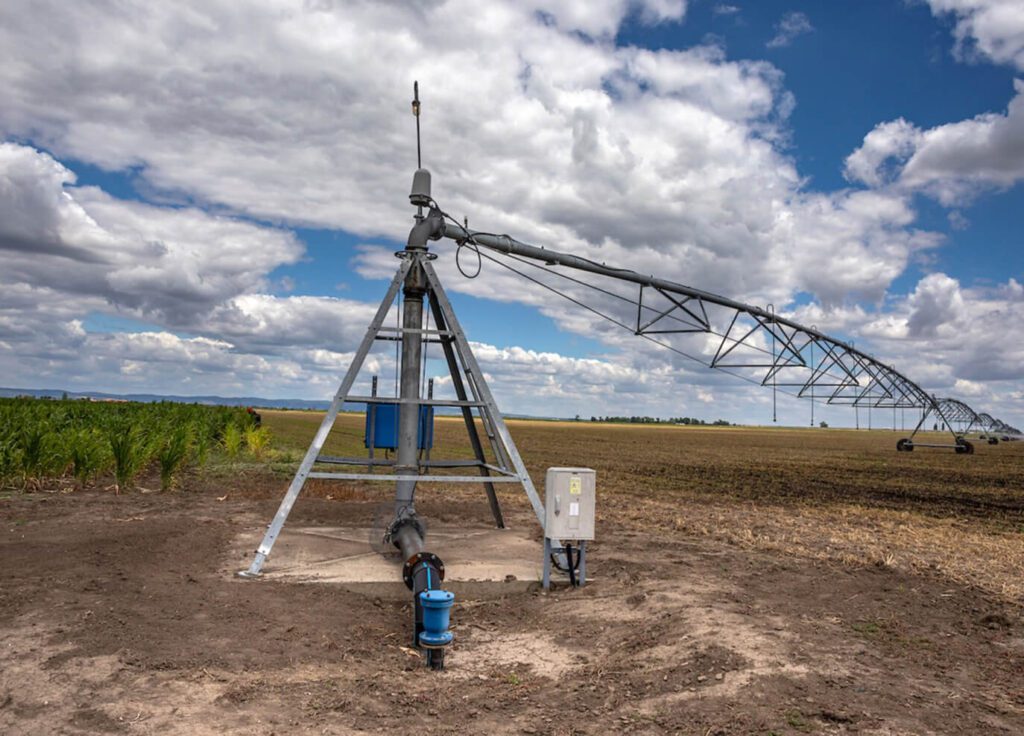
2022
EBRD Mandate
In response to the war in Ukraine, the EBRD is the first multilateral development bank to launch its Resilience and Livelihoods Support Package for Ukraine, continuing its support to the agrifood sector.
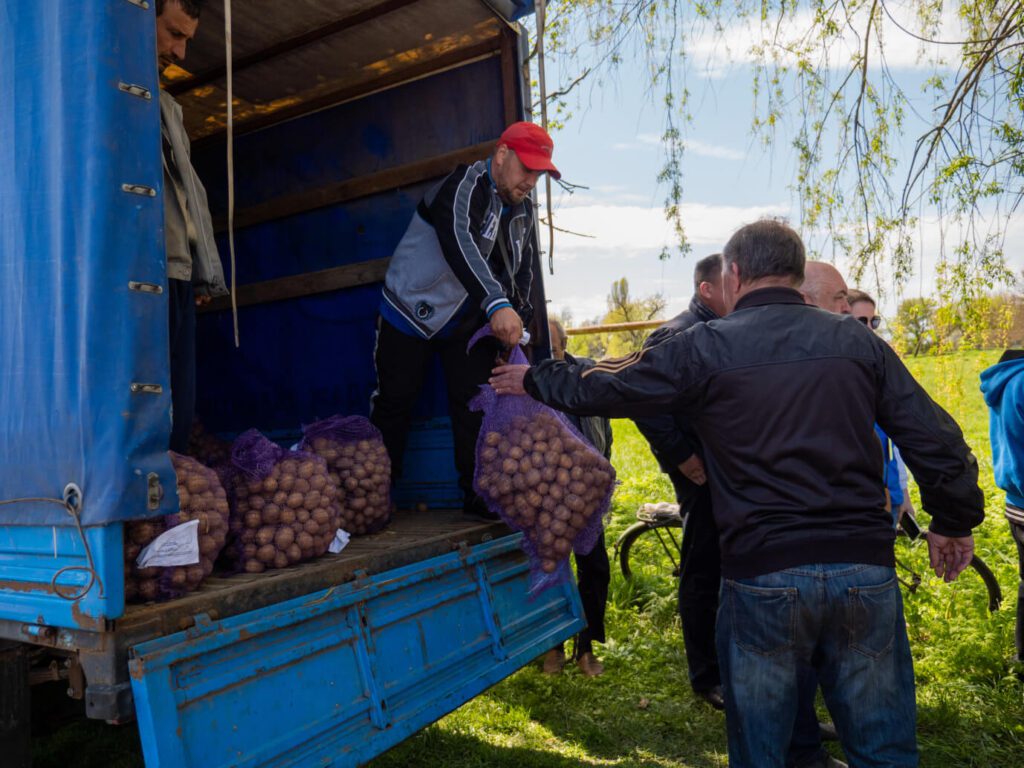
EBRD-FAO Projects and Initiatives
Amid rising food prices, the EBRD and FAO introduce a USD 5.5 million technical assistance project to improve food security in the Southern and Eastern Mediterranean region – one of the world’s top importers of food staples. The package focuses on policy dialogue and target investments.
To spark agrifood innovations, FAO and the EBRD help the Bank’s agribusiness clients organize open innovation competitions for young entrepreneurs – leading to novel partnerships between creative start-ups, young researchers and large agrifood business companies.
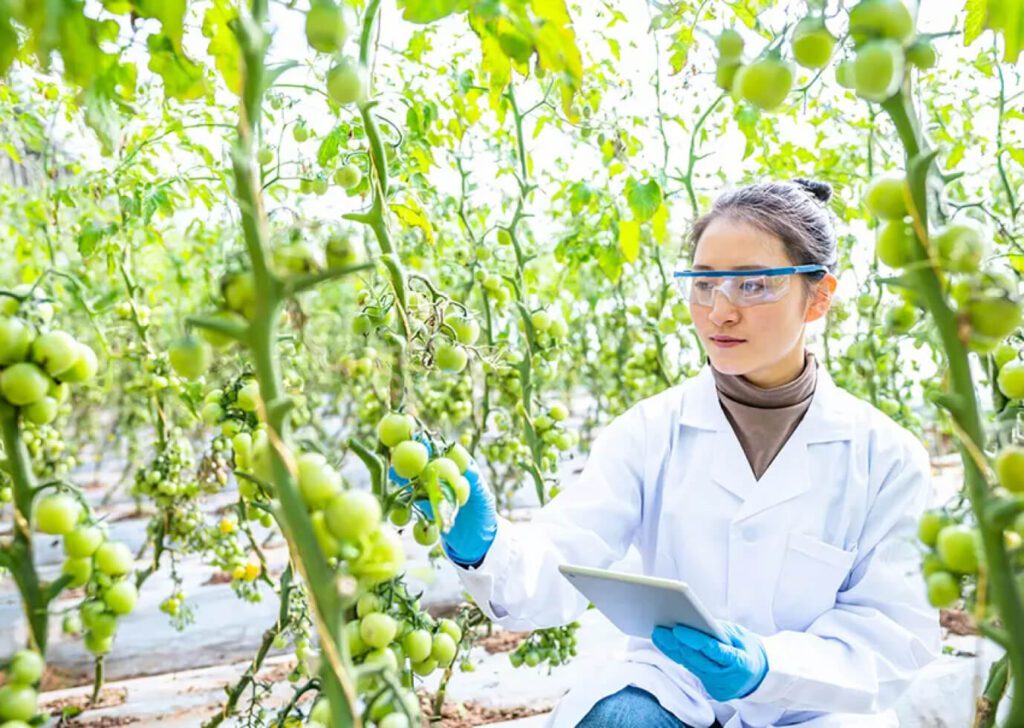
FAO and the EBRD begin working with Serbia and Uzbekistan to develop Nationally Determined Contribution (or NDC) implementation roadmaps for climate-smart agrifood systems.
2023
EBRD Mandate
EBRD’s Board of Governors approves the incremental expansion of EBRD’s operations to Iraq and six countries in sub-Saharan Africa (Benin, Ivory Coast, Ghana, Kenya, Nigeria and Senegal), once they become countries of operation.
EBRD-FAO Projects and Initiatives
The two partners begin assessing the energy-water-land nexus in Central Asia’s agrifood sector. This is done through a financing programme with partners such as the Organisation for Economic Co-operation and Development and the UN Economic Commission for Europe and funding from Germany’s International Climate Initiative.

FAO and the EBRD launch Agtivate – a platform to share knowledge, stimulate dialogue and promote innovative, sustainable agrifood investment in Eastern Europe, Central Asia, Türkiye, and the Southern and Eastern Mediterranean. Agtivate replaces the EastAgri and MedAgri platforms.
2024
EBRD-FAO Projects and Initiatives
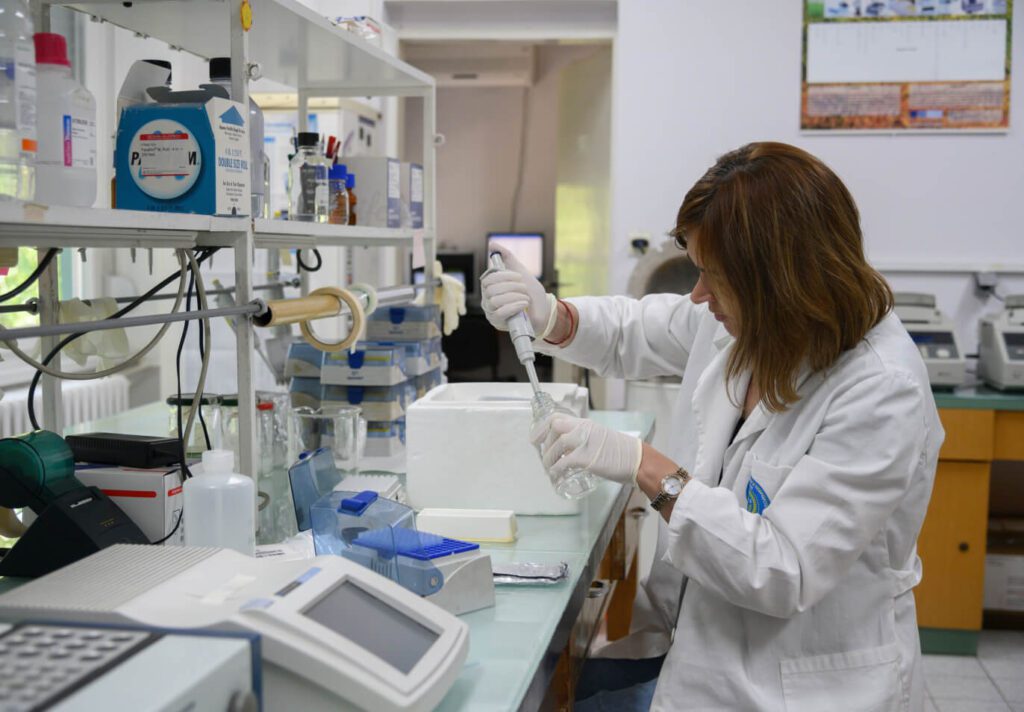
2024
EBRD Mandate
The EBRD’s shareholders comprise 72 countries plus the European Union and the European Investment Bank. The Bank has a capital base of 30 EUR billion (with a recent increase of EUR 4 billion approved by the Board of Governors in 2023). The EBRD operates in close to 40 countries.
EBRD-FAO Projects and Initiatives
To date, this longstanding FAO/EBRD partnership has yielded 200 assignments signed under the cooperation across more than 30 countries for a total value of over USD 60 million.
The EBRD and FAO remain as committed as ever to working together to make the world’s agrifood systems greener, more efficient, inclusive and resilient – and to contributing to a better life for all.